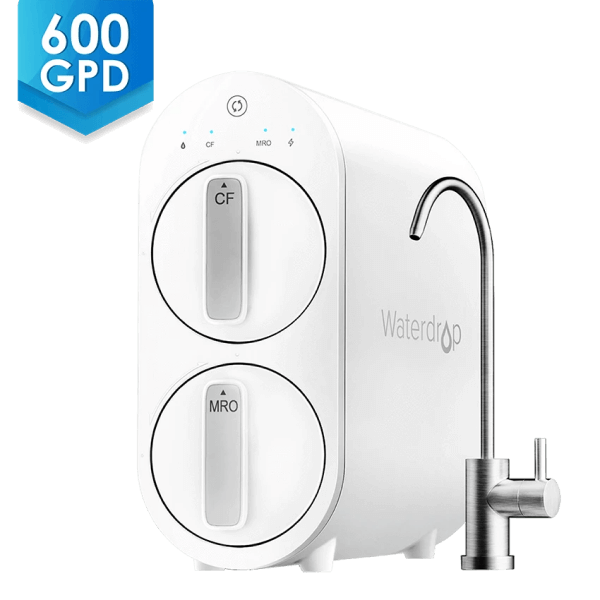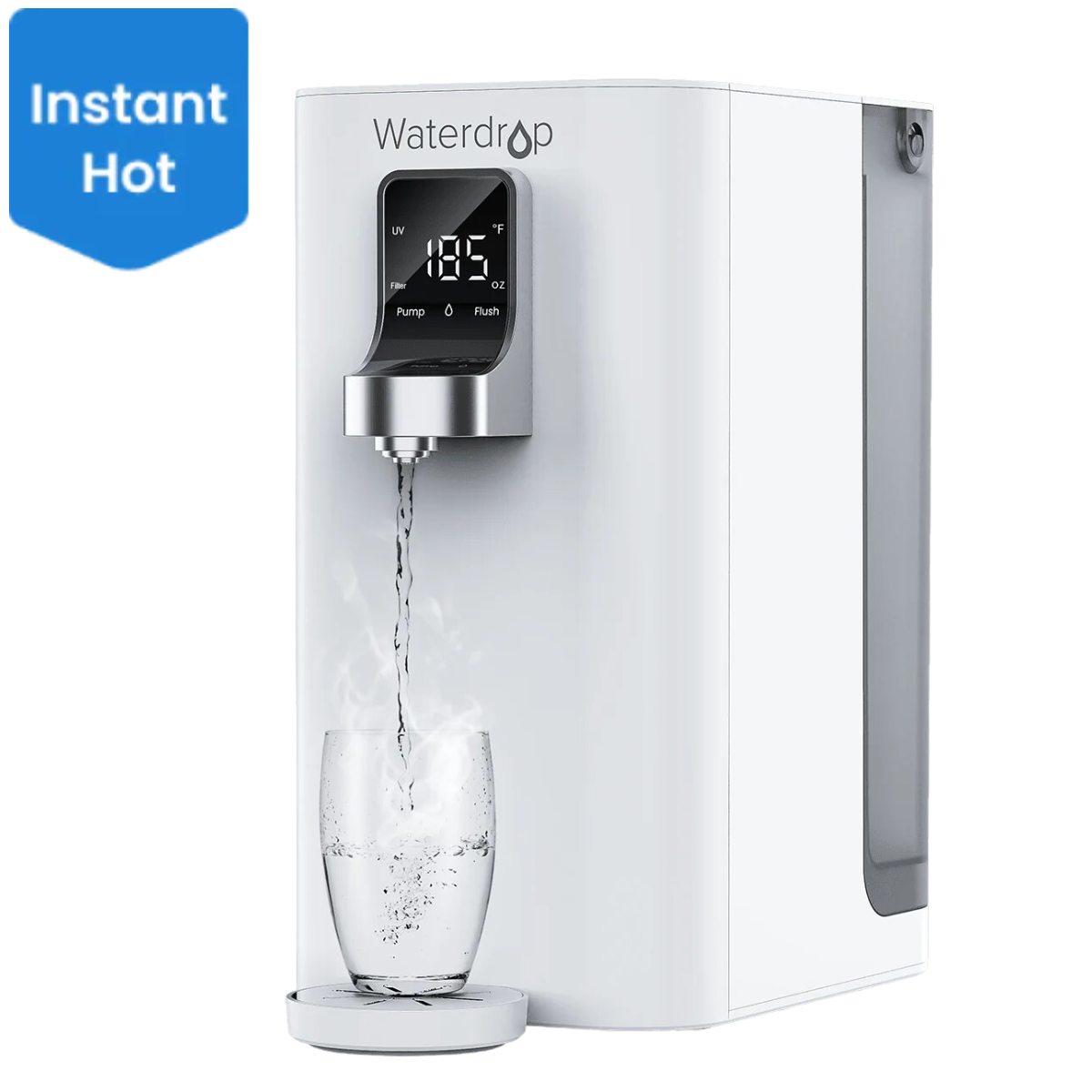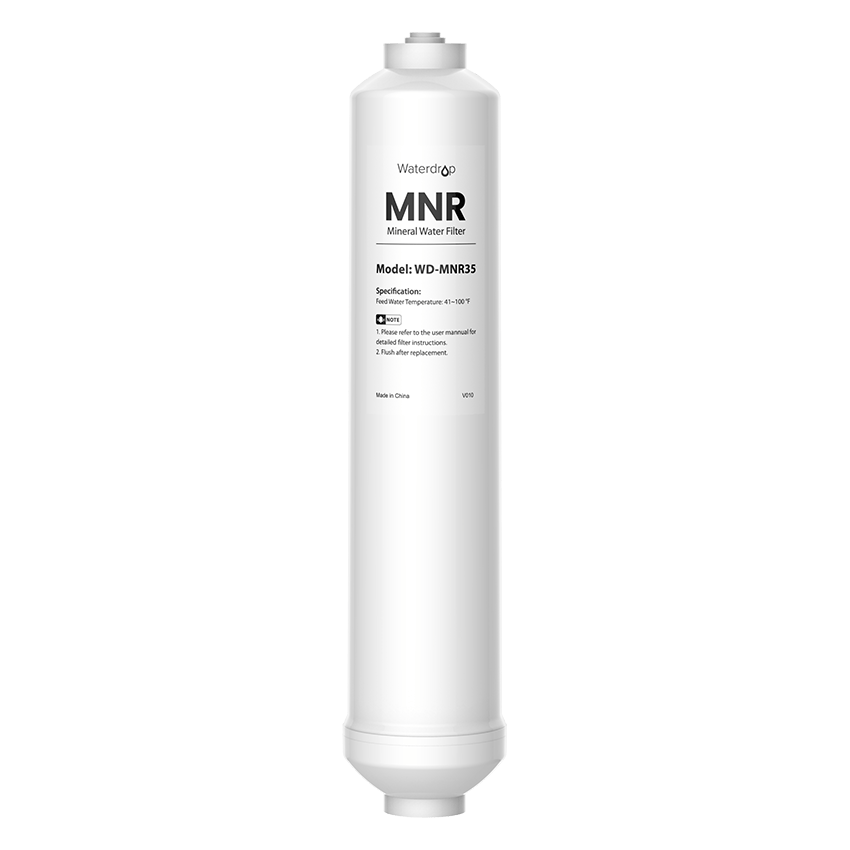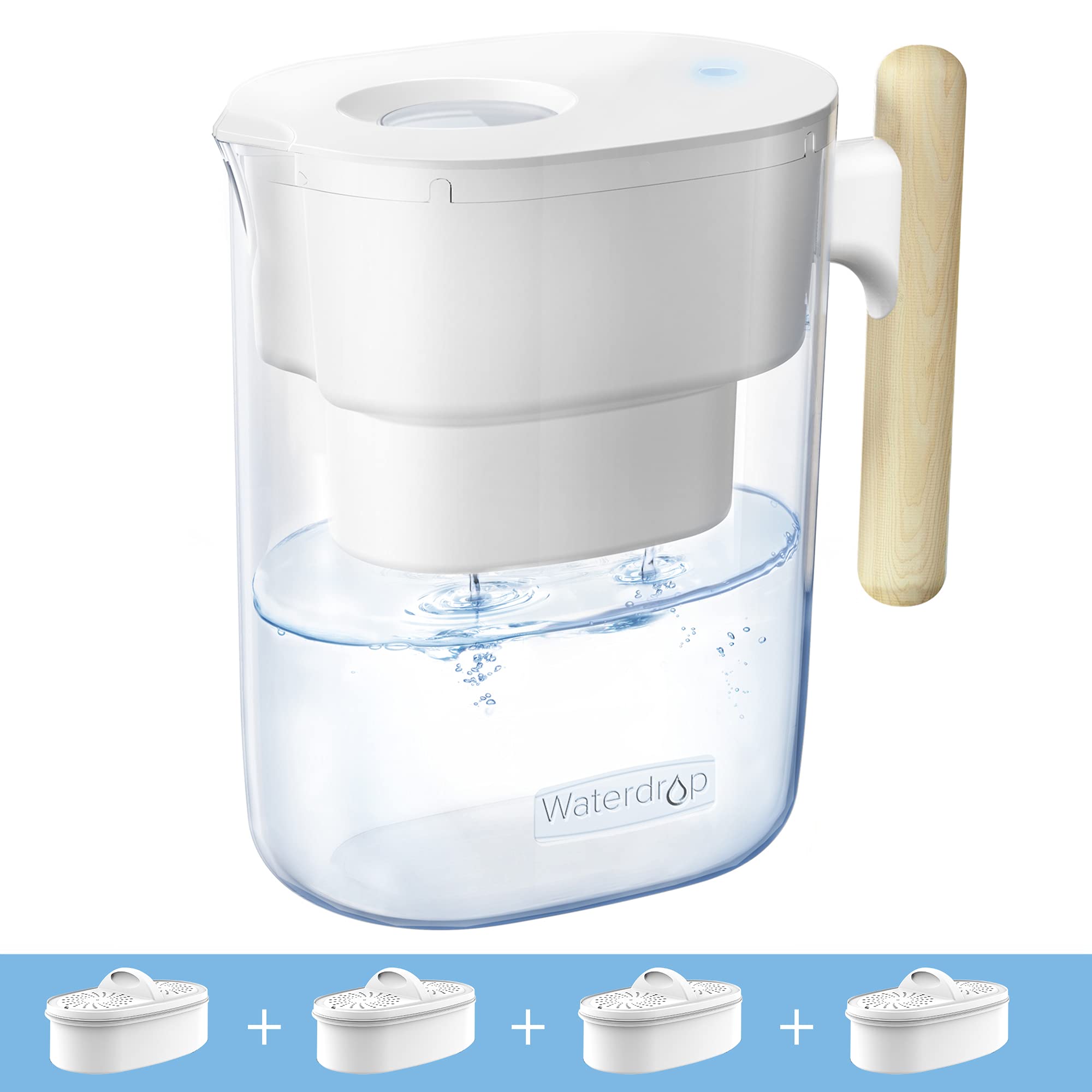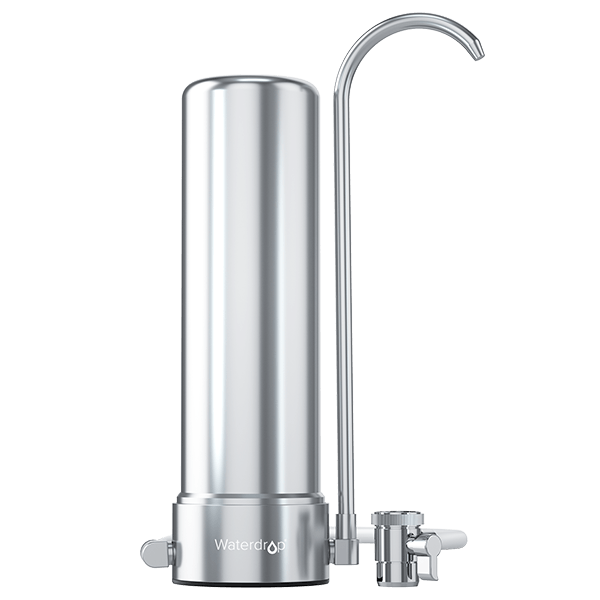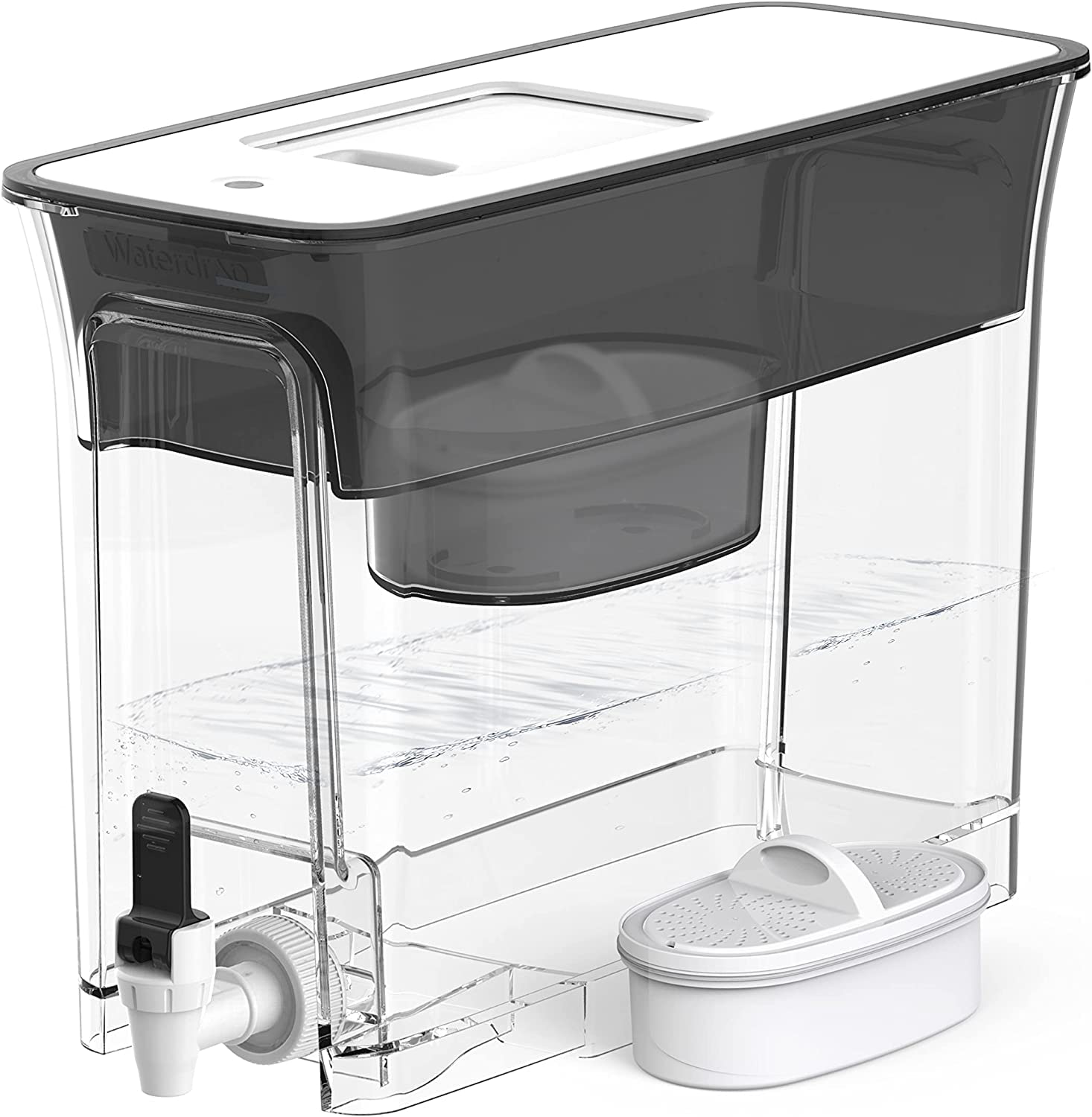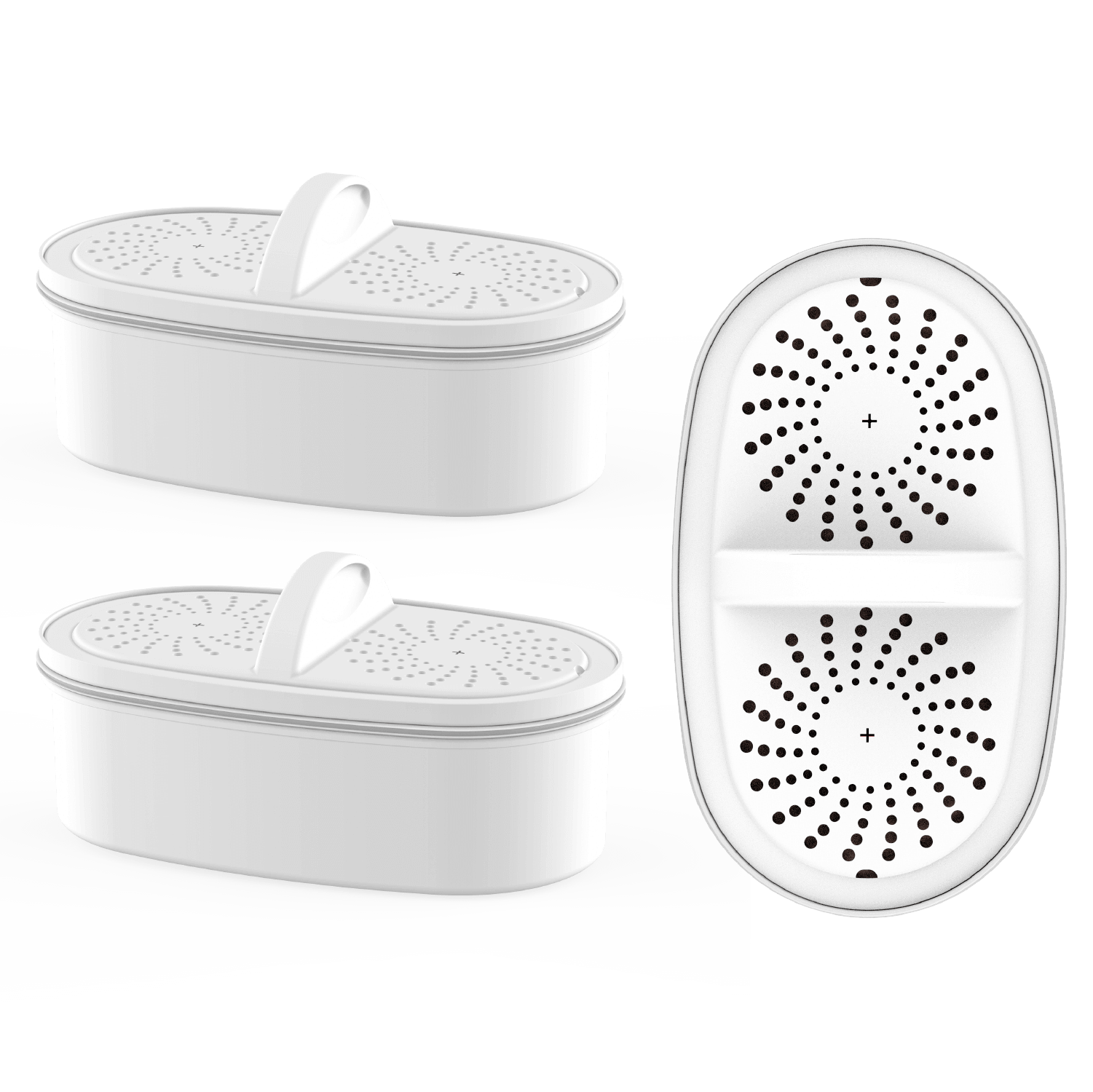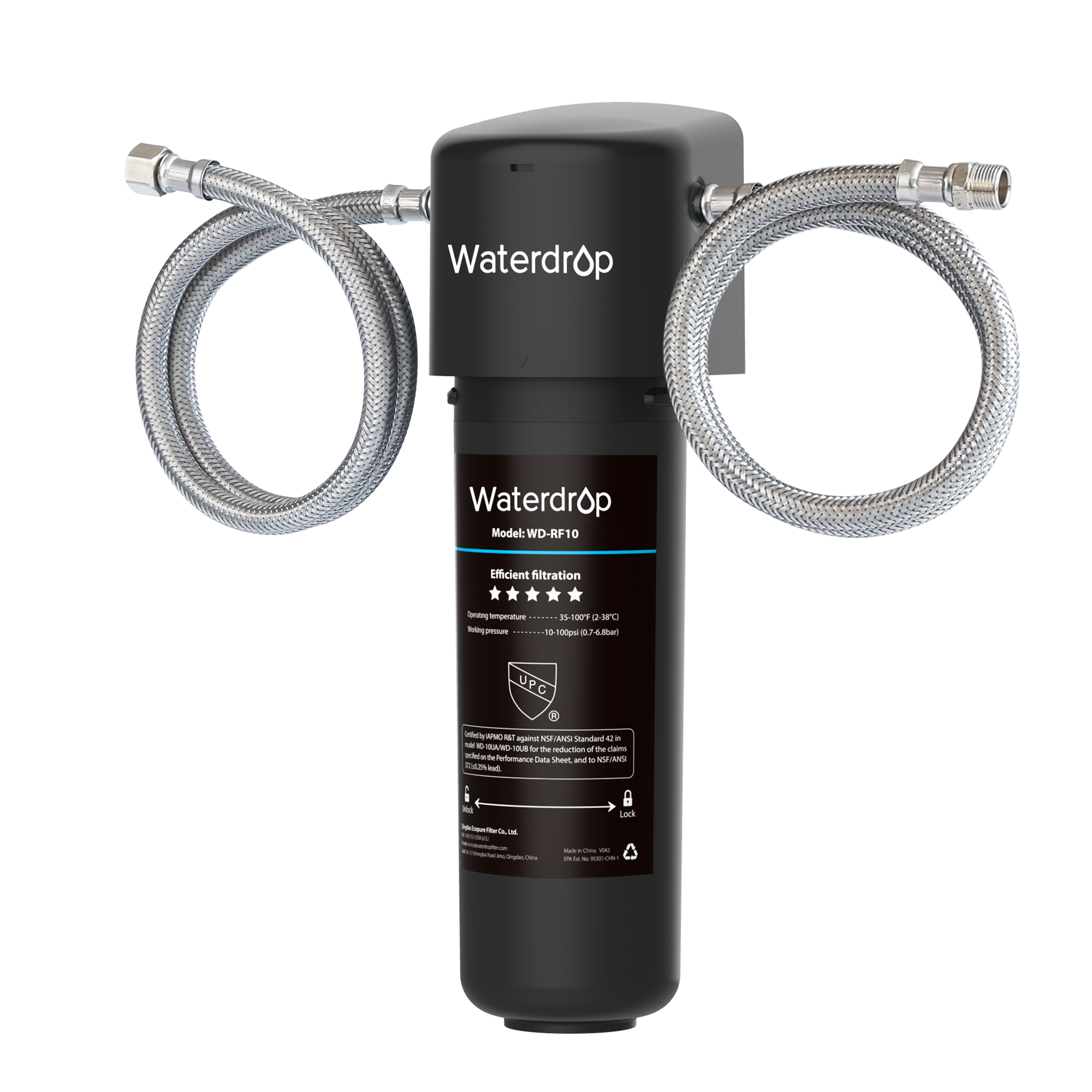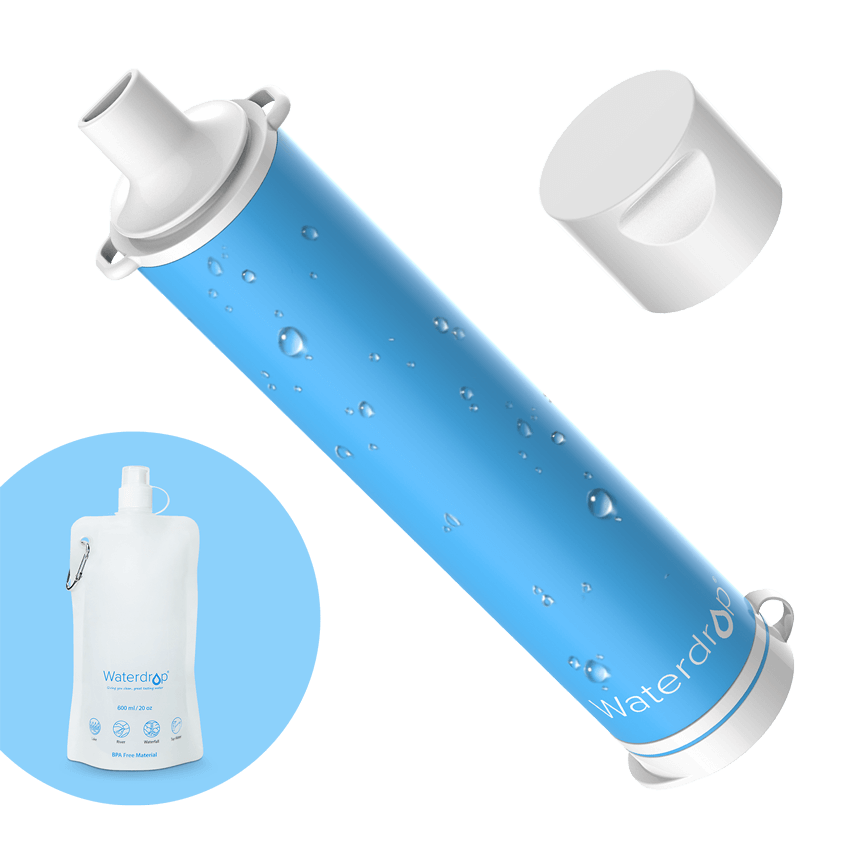Is RO Water the Same as Distilled Water?
by Dr. Jonathan Doyle - Updated December 17, 2024
Water quality is a key concern for many households across the United Kingdom. With various methods available to purify water, reverse osmosis (RO) water and
distilled water are two popular options. But are they the same? Which is better for drinking, cooking, and daily use?
In this article, we’ll explore the differences between RO water and distilled water, their benefits, drawbacks, and which option might be best suited for
your needs.
What Is RO Water?
RO water is produced using a filtration process that involves several stages. The key component is a semi-permeable membrane that allows only water
molecules to pass through, while blocking contaminants like bacteria, heavy metals, and other harmful substances.

What Is Distilled Water?
Distilled water , on the other hand, is created through a
distillation process. This involves boiling the water to create steam, which is then condensed back into liquid form. The impurities and contaminants, which
have higher boiling points than water, are left behind in the original container.
This process ensures that the final product is almost entirely pure H₂O. As a result, distilled water is free from most minerals, bacteria, and other
contaminants.
Key Differences Between RO Water and Distilled Water
While both types of water are purified, the methods used to achieve this purity differ significantly.
Purification Process
Reverse Osmosis (RO) water is generally a better choice compared to distilled water due to its advanced filtration process and ability to retain beneficial
minerals.
RO systems use multiple filtration stages. First, sediment filters remove larger particles, followed by carbon filters that eliminate chlorine, pesticides,
and chemicals. The key step is the semi-permeable membrane, which removes bacteria, viruses, heavy metals, and other impurities. Unlike distilled water, RO
can keep small amounts of important minerals like calcium and magnesium, which enhance taste and provide health benefits.

In contrast, distillation involves boiling water and collecting the steam, which removes most impurities. However, it also removes almost all minerals,
leaving the water with a flat taste. Distillation may also miss certain chemicals that boil at or below water’s temperature.
While both methods purify water, RO water is better for everyday use, as it removes a wider range of contaminants while preserving essential minerals for
better taste and health.
Mineral Content and Taste
RO water effectively removes most contaminants while retaining small amounts of essential minerals like calcium, magnesium, and potassium. These minerals
not only contribute to a more “natural” taste but also make the water feel fresher and more balanced. Some RO systems even include post-filters to add
minerals back into the water for an enhanced flavor.
In contrast, distilled water is devoid of all minerals. The distillation process removes both harmful impurities and beneficial minerals, resulting in water
that’s almost entirely pure H₂O. While this level of purity may be useful for specific applications, distilled water can taste flat and bland. For everyday
drinking, RO water is generally preferred for its better taste and retained minerals.

Energy Efficiency
RO systems are more energy-efficient than distillation. They use electricity to power water pumps, but because they operate at lower temperatures and don’t
require boiling, they consume less energy overall. This makes RO water a more sustainable option for everyday use.
Distillation is an energy-intensive process. It requires heating water to its boiling point, which takes a lot of energy. This makes distilled water less
efficient and more costly to produce, especially when used regularly in a household.
Applications
RO water is a versatile, everyday choice. It’s ideal for drinking, cooking, and general household use because it retains essential minerals like calcium and
magnesium, giving it a better taste and making it safer for long-term consumption. Unlike distilled water, which is completely mineral-free, RO water
provides a more balanced flavor and is less likely to dehydrate your body over time.
RO water is also commonly used in aquariums, hydroponic gardening, and some industrial applications, offering flexibility for various needs.

While distilled water is highly purified, it’s primarily used in specific situations that require mineral-free water. It’s ideal for medical equipment (like
CPAP machines or autoclaves), automotive batteries, steam irons, and humidifiers, where minerals could cause scaling or damage. It’s also used in
laboratories and pharmaceutical production to avoid contamination. However, because it lacks essential minerals, it’s not recommended for regular drinking
or cooking.
In comparison, RO water stands out as the better choice for everyday use, offering both purity and essential minerals for health and taste.

Benefits of RO Water for UK Households
Healthier Drinking Water
RO systems remove harmful contaminants like lead, chlorine, and bacteria, ensuring safer water for your family.
Cost-Effective
Over time, installing an RO system can save money compared to buying bottled water.
Improved Taste and Odour
By eliminating chlorine and other impurities, RO water has a cleaner, more refreshing taste.
Versatility
RO water is suitable for drinking, cooking, and even watering plants, as it contains trace minerals beneficial for health and growth.

Conclusion
While both RO water and distilled water are forms of purified water, they serve different needs. For everyday drinking and cooking, RO water is the
preferred choice for UK households, offering a balance of purity and essential minerals. Distilled water, on the other hand, is ideal for specific
applications where mineral-free water is required.
By understanding the differences between these two types of water, you can make an informed decision based on your household’s needs, ensuring you enjoy
clean, safe water for every purpose.


